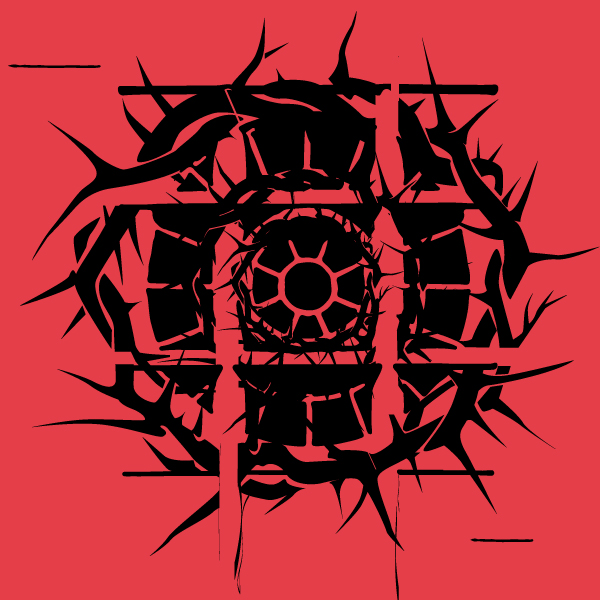

Radosław Soroka clarinet
Sinfonia Varsovia
Daniel Mieczkowski conductor
Krzysztof Penderecki Sinfonietta No. 2 for clarinet and strings (selection) [16’]
I. Notturno: Adagio
III. Serenade: Tempo di Valse
IV. Abschied: Larghetto
Joseph Haydn Die sieben letzten Worte unseres Erlösers am Kreuze (The Seven Last Words of Our Saviour on the Cross) Hob.XX/1A (original version for orchestra) [65’]
I. Introduzione. Maestoso ed adagio
II. Sonata I. Largo (Pater, dimitte illis, quia nesciunt, quid faciunt)
III. Sonata II. Grave e cantabile (Hodie mecum eris in paradiso)
IV. Sonata III. Grave (Mulier, ecce filius tuus)
V. Sonata IV. Largo (Deus meus, Deus meus, utquid dereliquisti me)
VI. Sonata V. Adagio (Sitio)
VII. Sonata VI. Lento (Consummatum est)
VIII. Sonata VII. Largo (In manus tuas, Domine, commendo spiritum meum)
IX. Il Terremoto. Presto e con tutta la forza
In 1786, Joseph Haydn received a commission from Cádiz. It was issued by don José Sáenz de Santa María, a prelate and inquisitor, later bishop of Segovia, at the time a clergyman associated with the Oratorio de la Santa Cueva (Oratory of the Holy Cave), to present an instrumental composition to accompany the readings and homiletic commentaries of the “seven words” – the statements of Jesus dying on the cross, passed on by the evangelists. There was a long tradition of musicalizing them, but even more often taking the form of oratorio and cantata compositions. Haydn thus faced the interesting challenge of how to convey the mood and message of this liturgy without words. Composed by him, Die sieben letzten Worte unseres Erlösers am Kreuze consists of seven orchestral interludes in the type of sonata adagios; it is preceded by a short introduction, and the finale features a lively movement evocatively depicting the earthquake mentioned by the three evangelists as accompanying the death of Jesus. The work received great acclaim, was presented in many European cities, and Haydn himself considered it one of his best achievements. When he prepared an edition of the work a year later, commissioned by the Vienna-based Artaria publishing house, he also included a version for string quartet. After a few years, he also created a vocal version, with the libretto written by Baron Gottfried van Swieten, an imperial diplomat, scholar and musicographer. In this way, the composer wanted to prevent unauthorized arrangements of this work appearing (to some extent to his satisfaction, anyway) in oratorio form. An interesting authorial commentary on the edition of the Seven Last Words (in which, by the way, Haydn erroneously attributes the location of the original commission to the cathedral, not the oratorio in Cádiz) has survived:
It was customary at the Cathedral of Cádiz to produce an oratorio every year during Lent (…) The walls, windows, and pillars of the church were hung with black cloth, and only one large lamp hanging from the center of the roof broke the solemn darkness. At midday, the doors were closed and the ceremony began. After a short service the bishop ascended the pulpit, pronounced the first of the seven words (or sentences) and delivered a discourse thereon. This ended, he left the pulpit and fell to his knees before the altar. The interval was filled by music. The bishop then in like manner pronounced the second word, then the third, and so on, the orchestra following on the conclusion of each discourse. My composition was subject to these conditions, and it was no easy task to compose seven adagios lasting ten minutes each, and to succeed one another without fatiguing the listeners.
The spirit of Vienna pervades Krzysztof Penderecki’s Quartet for Clarinet and String Trio (1993), as the author himself admitted that he was inspired to compose this piece by Schubert’s String Quintet in C Major. However, we should not expect a classicizing stylization here, despite references to the old forms also through cyclicality of form or the presence of a scherzo with “Beethovenian” energy – rather, the author refers here to the overriding ideas of the old chamber music: clarity, balance, formal and textural discipline. Penderecki, commissioned by the Bad Kissingen festival, soon made a rearrangement (not the last one) of the work for new performance means, replacing the trio with a string orchestra. The result was Sinfonietta No. 2, premiered on July 13, 1994 by Paul Meyer and Sinfonia Varsovia under the composer’s baton. The juxtaposition of the clarinet with strings exposes the wind instrument’s part, but at the same time the composer ensures that it remains primus inter pares. He also focuses on its tunefulness, using mainly the middle, saturated and meltable register, rather avoiding the extremes of the instrument’s vast scale, as well as unconventional sound extraction soundmaking techniques. The focused, contrapuntal Notturno is followed by a lively Scherzo and the work’s most extensive movement: the final Farewell (Abschied), whose length almost balances the preceding, concise sections. Notable is its parallel with – similarly titled and also much longer than the others – the final movement of The Song of the Earth by Gustav Mahler, a Viennese who (like Penderecki) steeped in the beauty of Schubert’s music. When asked for a programmatic explanation of this movement and its particularly intriguing epilogue, the Polish composer compared it – somewhat jokingly – to a dinner party of friends, “during which everyone has something to say, but they know one another so well that there is no need to say everything to the end.”
Piotr Maculewicz